Smart Cards are also often translated into "smart cards" and "smart cards", and there is another type of called IC card (Integrated Circuit Card). Generally speaking, an integrated circuit chip is embedded in a card, and an integrated circuit storage unit in the chip can be utilized for data storage and some corresponding data processing work.
The core part is the smart card chip, and the chip is first packaged into a separate module, which is then embedded in the plastic card base. For the non-contact card, the designed antenna is embedded on the card base.
If we put the smart card alone in our hands, we have no way to operate it. A stand-alone smart card is meaningless for any application. In order to manipulate the smart card and access the data, we must use a machine that can operate the smart card, usually called a card reader, or a reader, or a terminal, or a card acceptance device CAD (card). Acceptable device). We are familiar with the POS (point of sales) machine, bank ATM (auto-teller machine), mobile phone, IC card meter, IC card water meter, IC card gas meter, bus or subway card checker, etc. It can be called a terminal device. Only through these terminal devices can we really make the role of smart cards work.
So fundamentally, the smart card chip must include at least the following three parts:
Data storage unit
This is where the smart card stores data. According to the security considerations of some companies, various security measures are adopted when designing the data storage unit. The address scrambling technology is commonly used, so that even if the chip is used by others in the future. Open, and can not correctly obtain the data information stored therein. At present, the technologies used for data storage mainly include two main technologies, EEPROM and Flash. The main difference between them is that the data is erased in different ways. The EEPROM can be erased in bytes, that is, the number of data written is erased and then rewritten. Flash is erased according to the page. The size of each page is generally 64 bytes or 256 bytes. There are also other emerging storage technologies such as ferroelectric storage, but they are rarely used in practical applications.
Logic control unit
This part is mainly to control the access of the data storage unit, that is, the problem of reading and writing. License or reject data access requests from outside through different timing combinations or security mechanisms. Generally, a logical encryption card needs to be read and written by a password comparison, and an ordinary memory card can access the contents of the data storage area as long as the timing of the command is correct.
Input and output interface unit
This part is the interface with the outside world. All the data sent to the card and the data passed to the outside of the card are realized through this interface. According to the interface form of the card, the card can be divided into contact type and non-contact type, the contact type card surface has contact contacts, and the terminal device for operating the contact type card has a card holder inside, when data communication is performed. The contacts on the card and the contacts on the card must always be in contact; when the non-contact card is in data communication with the terminal device, it can operate normally within a certain distance without touching the card and the terminal. Together, there are also some cards that have both contact and non-contact interfaces, which we call dual interface cards.
In addition to the above three basic units, for a CPU card (in a strict sense, only a card with a CPU can be called a real smart card), it also has:
CPU unit for data processing
Used to execute embedded programs in a card to perform a specific application function. According to the processing capacity, there are currently 8-bit, 16-bit and 32-bit CPU applications in smart cards. According to the type of CPU, the 51 series is mainly used, as well as the 68HC05 series, the H8 series, the RISC series and the ARM series of the reduced instruction set.
ROM or flash unit for storing programs
User-written COS programs are masked into ROM or downloaded to Flash.
RAM unit for caching
It mainly includes some basic registers and RAM for temporarily storing data.
Encryption engine for enhanced features
For example, a hardware DES encryption module that implements the DES encryption algorithm, or a cryptographic coprocessor that speeds up RSA encryption processing.
The current smart card data storage space can reach several megabytes, and the program can reach hundreds of K, which is the result of the advancement of semiconductor technology. Compared with the storage space of only a few K in the past, the COS writers are more comfortable, and the developed card functions are more powerful.
Lacrosse Head For Women
Item No.:KSLH-02
Product strucure: Lacrosse head
Product description:
- Material: Nylon
- strings: different colors and material for your selection
- mesh kit available
- Customized head and logo is aceeptable
Packing details:
30pcs per carton
carton size:50 x40 x42cm
G.W.:7kg
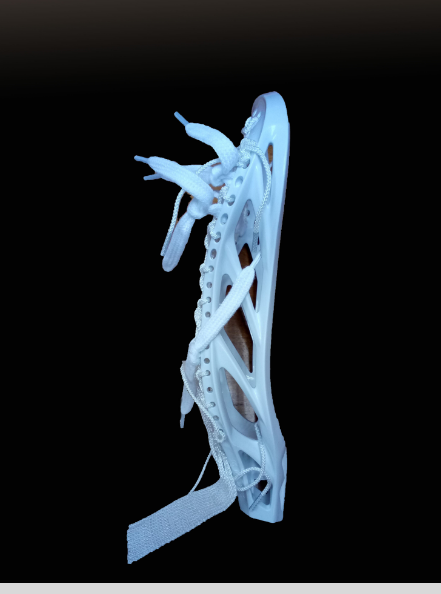
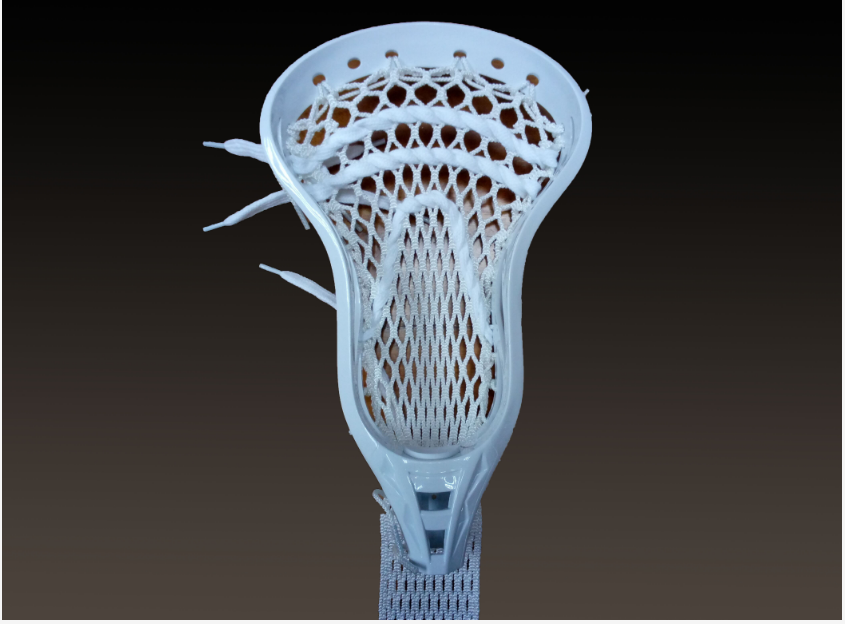
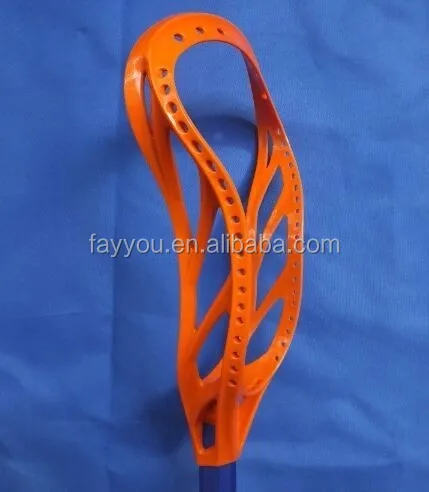
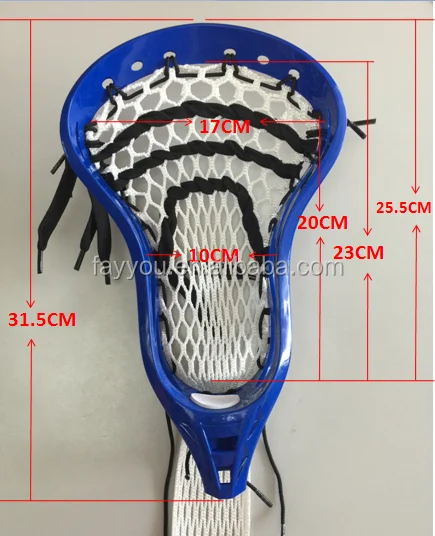
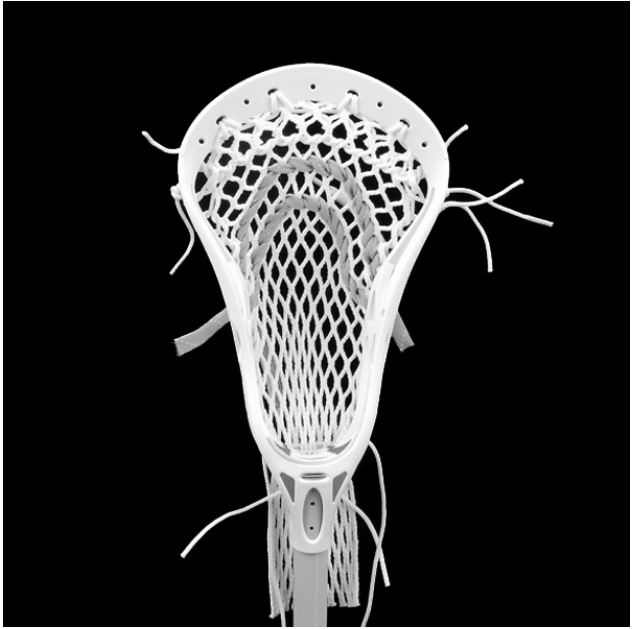
Pls kindly note:
We are professional manufacturer and exporter of Lacrosse Ball and lacrosse stick. pls kindly contact us for more
Cheap Lacrosse Head For Woman,High Quality Lacrosse For Woman,Custom Lax Head For Woman,Plastic Lacrosse Head
FAY YOU SPORTS CO.,LTD , http://www.ksonelacrosse.com